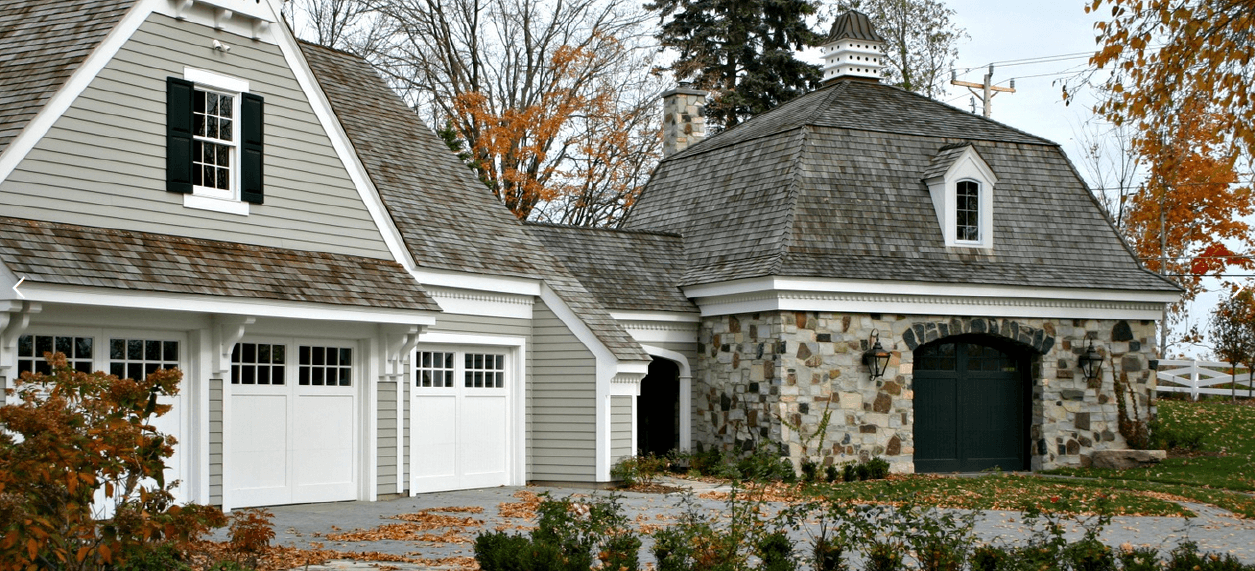
How to Properly Insulate a Garage Space
The single largest opening on any home is the garage door, and it’s a significant source of energy loss during hot and cold seasons. Whether the space is used for storage and vehicles or serves another purpose, make sure it’s properly insulated will keep you comfortable and lower your utility costs for the better part of the year.
If you’re trying to keep the heat in this winter, or out this summer, follow these quick garage door insulation tips.
Start with a Good Garage Door
The garage door you choose will have the greatest impact on the insulation of your garage space. When choosing a door, you’ll hear a lot about the R-value, which is essentially the measurement for how insulated a door is. Higher R-values generally means better insulation. Wood is a good choice for a garage door because the material is a natural insulator. Garage door manufacturers will also add foam (like polystyrene) sheets in-between the layers of wood on the garage door for further insulation.
Tip: invest in a walk-through garage door. These small doors are built either next to the garage door (complementary walk-though doors), within the frame (integrated walk-through doors) or into the door itself (wicket doors). Why are these important? Having these doors reduce the number of times you’ll have to open your main overhead door. No matter how well insulated your garage door is, opening it will allow energy to escape. Walk-through doors are much smaller openings that are easy to quickly open and close, eliminating energy loss.
Look Down
Your garage floor is likely made of concrete, which is a poor insulator. It’s also cold to the touch, which increases heat loss during the winter months. If you use your garage space as a gym, workshop, or anything other than storage, it’s a good idea to have the floor sealed or covered with rubber tiles.
Insulate the Walls and Roof
Many people forget about the walls and the roofing area above their garage, which is likely not insulated or finished. To prevent energy loss during peak winter and summer months, add some type of insulation and finish the wall and ceiling spaces in your garage.
Should You Insulate the Garage Door Itself?
There are plenty of methods for insulating the garage door itself, and there are even DIY kits that can be purchased. While these may seem like an easy and good idea, they can vary in quality and effectiveness. They can even hinder the functionality of and, in the worst-case scenario, damage the garage door. It’s recommended to insulate the rest of the garage space rather than the door itself.








